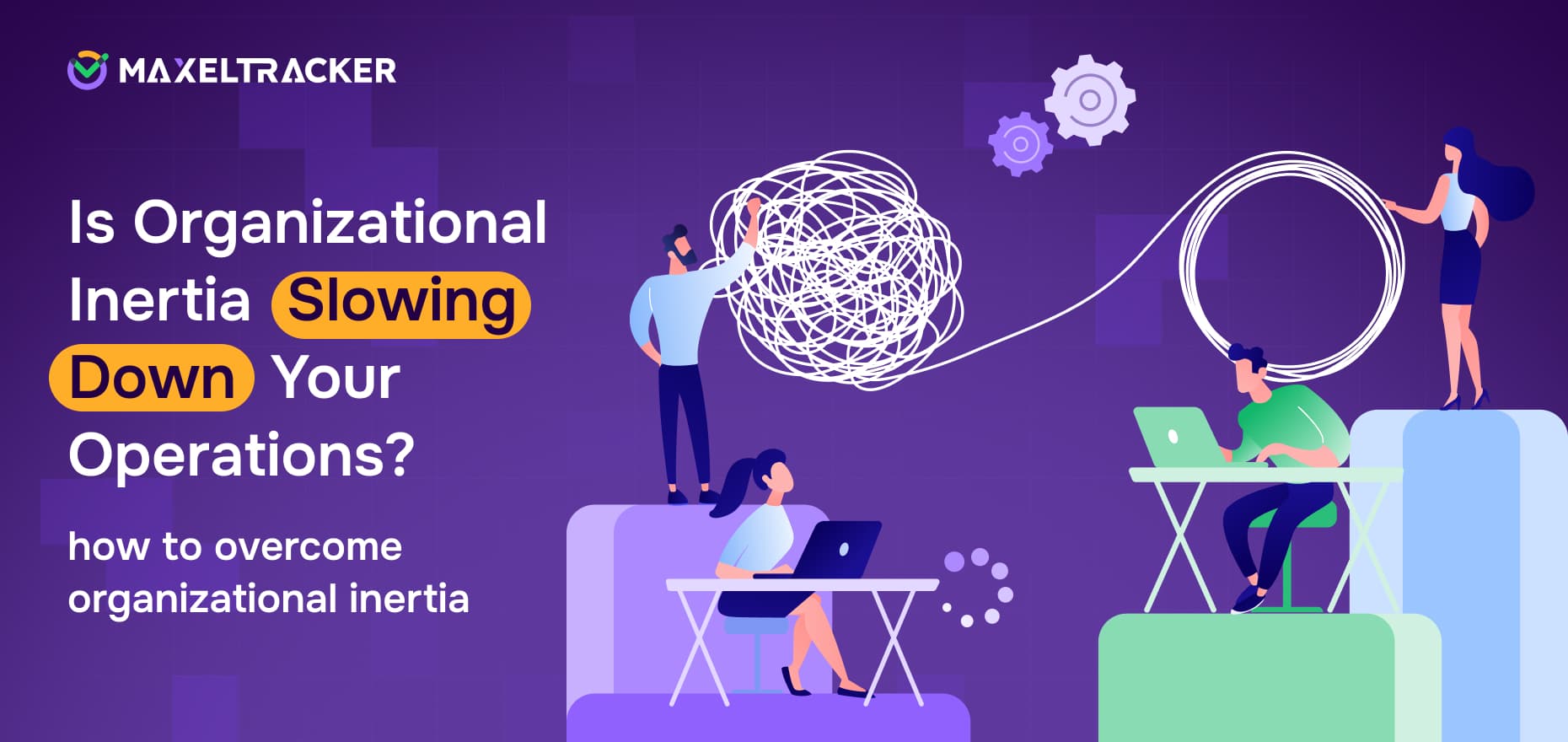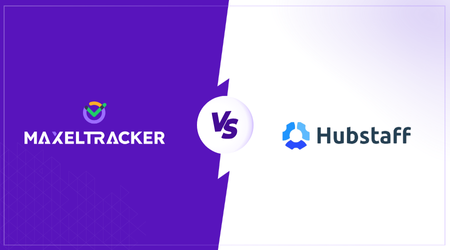

In today’s rapidly evolving business landscape, staying competitive requires adaptability and a constant drive for improvement. However, many organizations face a significant barrier to growth and innovation—organizational inertia. This phenomenon occurs when a company becomes resistant to change, relying on outdated practices, processes, or technologies. As a result, operations slow down, and opportunities for improvement are missed.
So, is organizational inertia slowing down your operations? If you’ve noticed a lack of agility, missed deadlines, or an inability to implement new technologies, your organization might be experiencing this issue. Fortunately, overcoming inertia is possible. Let’s explore how you can break free from this stagnation and propel your company forward.
The tendency of an organization to respond negatively to a strategic internal change by carrying on with its prior business practices and methods is known as organizational inertia.
The primary determinants of resistance to change in an organization are its culture and structure. The introduction of the internet has made it essential for firms to adjust to changes that occur either within or externally quickly.
42% of CEOs at organizations undergoing digital transformations expect significant cultural shifts at their companies, while 46% of CIOs say that culture is the main obstacle to success. (2018, Gardner). Additionally, the necessity for these adjustments has only grown since the pandemic of 2019. Either through the use of contemporary video conferencing and marketing strategies, remote work, going back to the office, or changing their sales approach.
Save 70% of Your Operational Cost with Employee Monitoring Solutions Today!
Try MaxelTracker Free for 14 Days
The main causes of organizational inertia are a poor attitude and an unstructured organizational structure or business hierarchy.
A business must simplify the complex procedures and traditions that its employees have been accustomed to in order to break cultural stagnation. Complexity is frequently the cause of waste and inefficiency. This involves removing unnecessary initiatives, reducing administrative expenses, and discontinuing or outsourcing non-essential work.
Insight Inertia refers to the reluctance to adjust one’s perspective or decisions in light of new information. This phenomenon occurs when organizational leaders fail to respond effectively to changes in their external environment. Insight inertia often stems from an inability to interpret, adapt to, or act on the evolving demands of both internal and external contexts due to insufficient or outdated information. As Hedberg and Ericson (1997) observed, organizations frequently find themselves unprepared to tackle such challenges, leaving them vulnerable to missed opportunities and stagnation.
Change is often met with resistance within organizations, despite its necessity. Psychological inertia arises when employees resist change, preferring to maintain the status quo of business-as-usual (BAU). Change is often perceived as difficult or even threatening, prompting individuals to defend their autonomy and resist those in authority who seek to influence their actions. This resistance can hinder progress and stifle innovation.
Action inertia represents another facet of organizational inertia, manifesting when management delays in responding to external events or when decision-making is hindered by a lack of actionable information. Unlike psychological inertia, action inertia occurs after an organization has assessed its environment. Despite completing this analysis, execution becomes the primary challenge, as slow or ineffective action undermines the organization’s ability to adapt. As Hedberg and Ericson (1997) noted, this delay in execution can leave organizations vulnerable in fast-changing environments.
Structural inertia happens when an organization’s setup makes it hard to change. It’s about how the organization is structured and how things get done. Processes can be too rigid, approvals might take too long, and the steps to make changes aren’t well-organized. This makes it tough for the organization to adapt when needed.
Organizations may be unable to respond to environmental changes for a variety of reasons.
The primary cause of organizational inertia is organizational structure. Employees are working in chaos as a result of management's inability to handle their affairs. Clear explanations of the organizational structure and reporting lines should be given during onboarding, on a regular basis, and whenever there is a change in this area.
Another factor contributing to the overall stagnation of businesses is the attitude of their employees. It might be challenging for managers to know how to deal with employees who have a "half glass empty" mentality. Although employees may experience unpleasant days, if this occurs on a daily basis, you as the manager must begin to address the issue.
Deadlines enable us to collaborate toward a shared objective and maintain the progress of complex, multi-step tasks to let you know what to look for. Setting deadlines helps us understand what needs to be done and by when. This implies that we can complete our work without becoming confused.
Just as a body at rest tends to stay at rest, organizations with poor culture or ineffective systems often struggle to shift from a state of inertia to one of action and progress. Overcoming this inertia requires deliberate efforts and a focus on fostering a culture of adaptability.
Employees should be encouraged and trained to embrace a positive and proactive mindset. Building a healthy work culture involves cultivating a sense of responsibility and ownership—where individuals take full accountability not only for their own outcomes but also for those who depend on their collaboration with others. This concept of “extreme ownership” empowers teams to contribute actively to the organization's success and drive meaningful change.
Expectational talents are always target smashers. They aspire to stand out in the environment and are disappointed when they are not appreciated or get the kind of competition they expect. They move to a new environment that will aid their career growth. Rewarding great performers stirs up healthy competition, which is needed for individuals to continue exceeding expectations.
Encouraging employees to embrace change is crucial for overcoming organizational inertia. To drive this transformation, it’s essential to engage performance management experts. These specialists can assist in defining key performance indicators (KPIs) and ensuring individuals are held accountable, helping your team stay aligned with organizational goals.
A lack of structure can severely impact organizational performance. Similar to how a poorly built house struggles to stand, an organization with a weak structure will struggle to move forward. A well-defined hierarchy helps employees understand their roles and reporting lines, leading to clearer communication and quicker decision-making.
Organizational unproductiveness can lead businesses to underperform, lose out in the market, and even face extinction. Proper organizational structure, rewarding great talents, a positive mindset, and fostering cross-department collaboration are just a few keys to overcoming organizational inertia. The sooner your organization begins to address these challenges, the quicker you can break free from stagnation and position yourself for sustained growth and success in a rapidly changing business environment.
Related Blogs

Insightful Alternatives & Competitors
Looking for an alternative to Insightful that offers a more tailored approach to workforce productivity and employee monitoring? We’ve got you covered.

Hubstaff Alternatives & Competitors
Your time tracking software serves as the control center for your team’s productivity. If it's lacking key features, like GPS tracking for mobile teams or other essential tools, it becomes difficult to manage performance effectively.